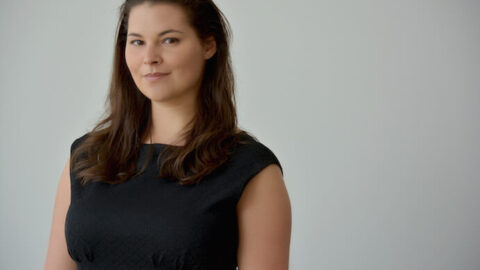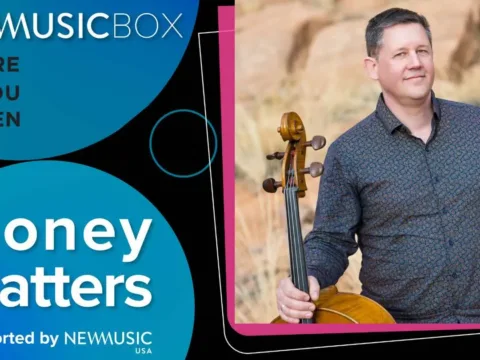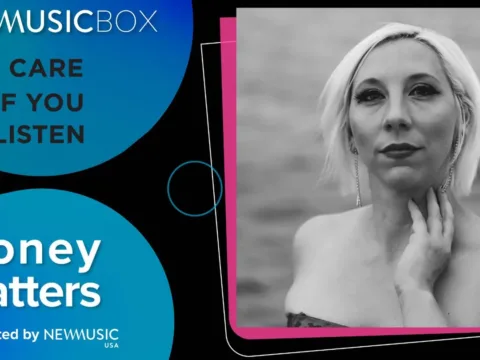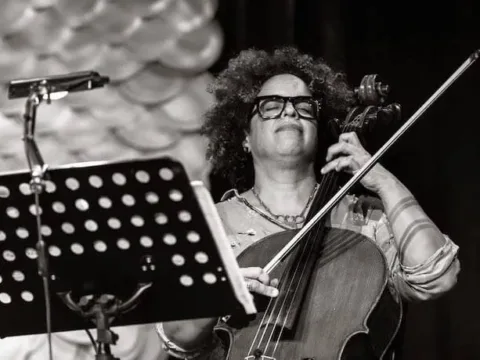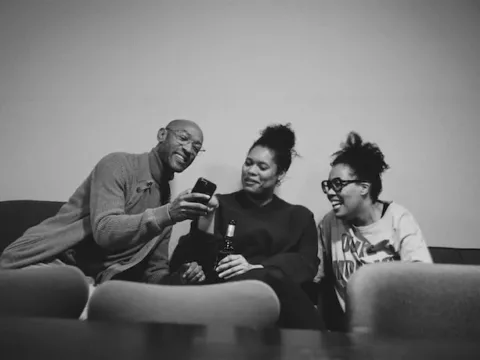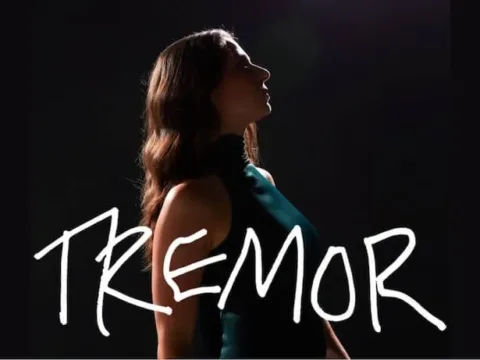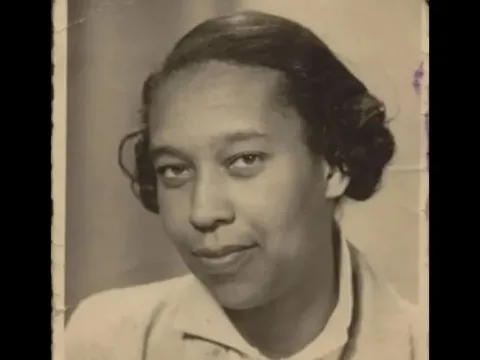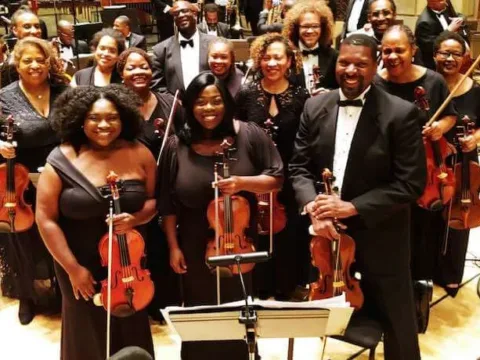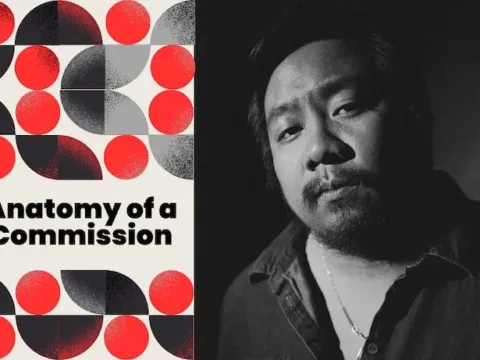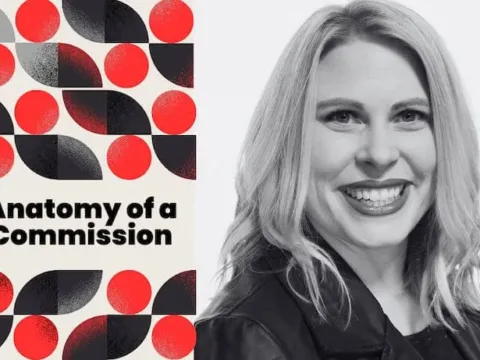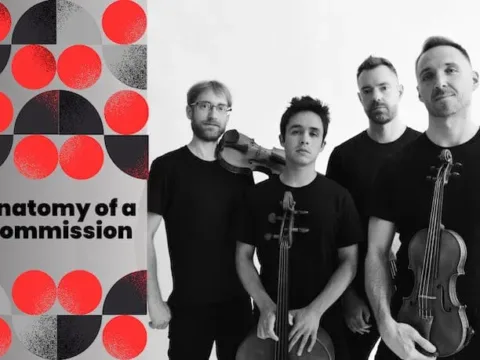Last year, I CARE IF YOU LISTEN partnered with 21CM to create the “New Voices” essay contest, inviting college students of any age to submit essays on the theme of the 21st century musician. Now, we are thrilled to congratulate and publish our first-place winner, Hillary LaBonte of Bowling Green State University. Reflecting on a performance that influenced the way she thinks about art, LaBonte writes about Amy Beth Kirsten’s Ophelia Forever. With insight and passion, LaBonte contextualizes the revolutionary way Kirsten depicted Ophelia’s character by considering the representation of women — or lack thereof — in traditional opera.
Amy Beth Kirsten and Gender Representation in Opera
The majority of operatic repertoire comes from the 18th and 19th centuries and with it, antiquated views of women. Literature of that time centered around Romantic ideals, with plots driven by emotive tension. And instead of being on equal footing with male characters, women were portrayed as victims of their own emotions — or more disturbingly, the emotionally driven violence of their male partners.
This treatment of women is compounded by a lack of representation. Of the top 10 most-performed operas in the last five seasons, only one has an equal number of male and female characters (Mozart’s “Die Zauberflöte”). The remaining nine operas favor male depiction. In Puccini’s “Tosca,” there is only a single female character in the principal cast, versus eight men.
There are two operas with female-dominant casts that remain in the traditional operatic canon — Puccini’s “Suor Angelica” and Poulenc’s “Dialogues des Carmélites.” Both contain compelling characters, beautiful and wrenching music, and plots revolving around nuns. While these works feature women with rich, complicated lives, it is notable that this only comes at the expense of their autonomy: A life of religious servitude requires complete submission of one’s identity.
So what’s a girl to do, when the repertoire just doesn’t satisfy? As a woman, as a performer, as a non-nun (un-nun?), I longed for opportunities to express myself creatively in projects with other women. I felt frustrated that I never got to sing with my friends. Even when we were living in the same area, pursuing the same opportunities in the new music communities of Baltimore and D.C., the gigs where we got to collaborate as friends and professionals were few and far between. (Thanks to Great Noise Ensemble for the ones that did happen.)

I first saw “Ophelia Forever” in 2014 at the Baltimore Theatre Project. This work came out of Peabody’s Opera Études program — a biennial program of short student-composed, student-performed chamber operas (I’m an alumna). In 2005, the year of “Ophelia Forever”’s premiere,” the Études program was themed around Shakespeare. Composer Amy Beth Kirsten was inspired to focus on Ophelia after viewing a printed version of the art exhibit “The Myth and Madness of Ophelia,” curated by Carol Solomon Kiefer at the Mead Art Museum. Says Kirsten:
“It was the printed version of this exhibit that not only pointed to non-Shakespearean sources for text but also inspired the concept of three Ophelia’s (sic) on stage at once, each representing a different aspect of her psyche, battling for control.”
By representing Ophelia in not one, but three performers, Kirsten amplifies her voice and expands her reach. Each character is well-defined — Kirsten uses three distinct styles to distinguish Ophelia’s three personalities. The Violated Saint’s solos reference medieval chant, and sultry tangos illustrate the Faithful Seductress. For the Mad Mermaid, Kirsten chose modernist idioms, with unstable tonality and greater use of extended vocal techniques.
Kirsten supplements lines from the play with text from Elizabeth Siddal, Christina Rossetti, Charles Baudelaire, Arthur Rimbaud and her own creations. Ophelia has very little to say in the play—58 lines out of 4,042 (Shakespeare’s longest play). Much is said about her, but largely in relation to Hamlet. Kirsten gives Ophelia more of a voice with these supplemental texts, providing greater depth to her character.

In Shakespeare’s play Ophelia is alternately wooed and humiliated, subject to Hamlet’s erratic moods and obscured motives. Here Kirsten strips him of all expressive power, representing him visually with a silent, expressionless actor and audibly with oboe, effectively centralizing Ophelia’s thoughts, words and feelings.
Each singer’s second solo recognizes Hamlet’s rejection. The characters react in different ways: the Saint grieves, the Seductress is shocked. The Mermaid’s solo uses the couplets from Hamlet’s letter to Ophelia: “Doubt thou the stars are fire / Doubt that the sun doth move / Doubt truth to be a liar / but never doubt I love.” The words become a commentary on Hamlet’s treatment of Ophelia, as she turns his words back on him in a cathartic expression of anger and self-assertion.
When I saw the 2014 production, it felt revolutionary. I was struck seeing multiple women (!) onstage (!!) in an opera that wasn’t about nuns (!!!). I felt like I had finally met Ophelia on her own terms. Since then, I’ve sought out other works that check those creative boxes (Kate Soper’s “Here Be Sirens” and Ana Sokolović’s “Svadba (Wedding,)” among others).
To my singers expressing frustration at the current system of traditional opera, its continued marginalization of women onstage and off — check out “Ophelia.” It’s worth your time.
Hillary LaBonte is committed to performing and producing exciting new opera. Most recently, Hillary sang Polyxo in Kate Soper’s Here Be Sirens and the title role in Kaija Saariaho’s Émilie. Currently, Hillary is completing her Doctorate in Contemporary Performance at BGSU and is one half of Duo Rossignol.
